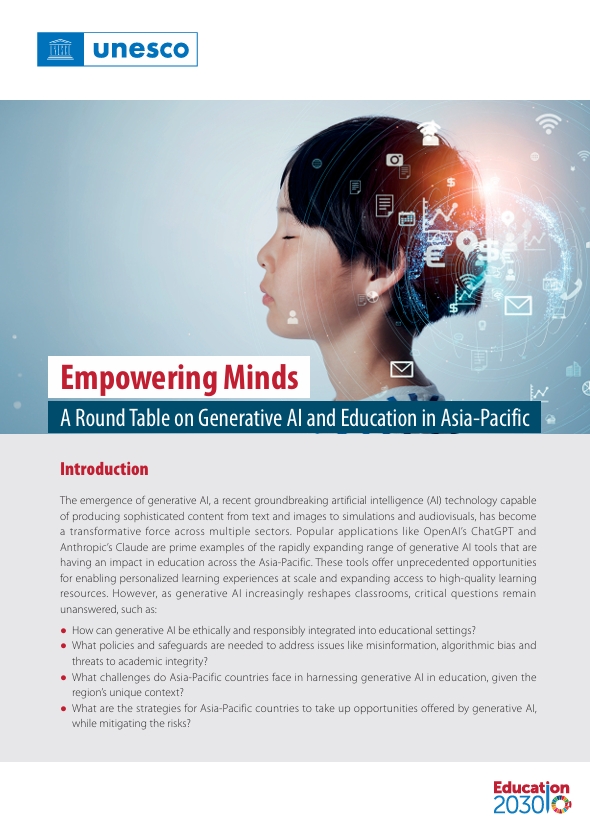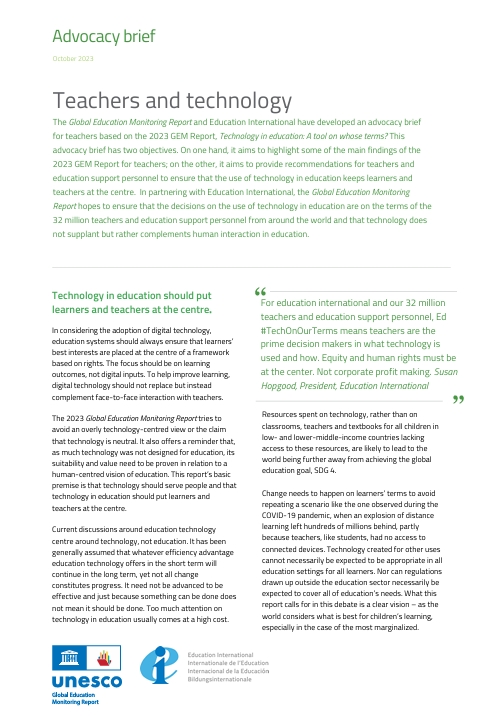By Robyn Shulman | 26 January, 2018
In 1997, when the Internet was relatively new to the public, I was one of the first teachers in my school district using education technology in my classroom. Although resources were quite scarce at the time, having the ability to find creative lesson plans, play music from different genres, and search for information using Ask Jeeves was revolutionary.
Today, the education space is flooded with products for parents, teachers, and students. Although the business of education can be controversial, it has become a billion-dollar industry, and many entrepreneurs and startups are trying to make it in the K-20 ecosystem.
Last year, edtech investments hit a historical new record of 9.5 billion. The market is flooded with new products.
Where is the money going?
In 2017, across every market involved in edtech, international funding reached a new record of $9.52 billion,and 813 different edtech companies received funding last year. These edtech investments mark a historic gain up 30% from 2016.
Also, of the more than $37.8 billion invested in education technology companies since 1997, 62% of those dollars were invested in the last three years.
You may think most of these investments targeted the K-12 and higher education market with the rapid growth of technology over the past few years.
You’ll be surprised to know that edtech investments largely focused on the consumer industry and within corporations. Consumer companies raised $3.85 billion in 2017, and corporations came in slightly below at $3.79 billion for the first time.
PreK-12 companies received 13% of the overall global investment, and higher education companies got 8% for a combined 21% going to PreK-20 enterprises. Given these numbers are a small fraction of total investments, small education startups may find it quite challenging to get in front of the right people in a school district.
Views and Advice From Behind the Scenes
To help assist any edtech startup, I brought in two views from the education system: Veteran educator and school principal at New York City Department of Education, Janet Huger-Johnson and Yocheved Belsky, a Principal consultant at ClearSquare Group.
Coming from two different angles in education, they share their thoughts and tips below regarding the best ways to find success in this ecosystem.
Janet Huger-Johnson has been an elementary school educator for over 25 years.
She has watched the progress of edtech throughout her entire career. Johnson states, “In the early years, education technology was limited to research (finding information) and has now grown to become a vehicle for various levels of collaborative teaching and learning. Currently, the expectation for edtech is more input of information rather than output.”
Johnson believes education technology is a vital resource, and can no longer be an option in schools.
She continues, “There is little opportunity for it to shape our district because not every school has equity in the opportunity to use technology as a tool for student engagement or lesson implementation.”
Johnson is contacted daily by edtech startups throughout the school year. Many startups want to sell their programs, ask for her time, offer beta testing, and sell new equipment.
However, it is not that easy given school requirements, her schedule as well as the district’s budget.
What Matters
Johnson’s attention is based on the technology offering and the opportunities it offers her teachers and students. She begins by listening and asking fundamental questions about cost and impact of any program. She then allows a team of teachers to listen to the pitch if they get over those first hurdles.
Teacher Input is Critical
Johnson allows the teachers to have a say in any edtech purchase because they have first-hand knowledge of the students and their needs.
Decision Making Process
Johnson does not make a unilateral decision for new products because that approach impacts the buy-in for the teachers.
Critical components to any edtech product for the classroom:
- Ease of use for the product and appropriateness in regards to blending into what is already in process.
- Support for implementation of the program as PD or offsite connections
- Cost of product and its opportunity for sustainability
Getting Attention
The best way to Johnson’s attention is to have a solid understanding of how the product will impact the future of the students.
In education, startups should provide ways to continually support their product (such as providing on-going professional development.
Yocheved Belsky offers executive planning and management for schools, nonprofits, start-ups and seasoned businesses.
Belsky shares these following tips:
- Learn about the school’s needs and ask yourself these questions: What are possible ways for the school to budget for your product? What is important to the school? What are the challenges they are facing and are you helping towards the solution?
- Get user friendly: Teachers are empowered with a say at the table. Appeal to the staff that will be utilizing your product.
- Pick teams: Connect with service providers who are already coming in on a regular basis. If you’re selling a product that will support the school’s tutoring programs, team up with that service provider to bring the product into the school.
If you’re thinking about getting into the edtech startup world, these tips should help you have a better understanding of education investments, school needs, and how to build the right product for your audience.






